Italy, a Southern European country, is renowned for its rich history, cultural heritage, and breathtaking landscapes. Home to the ancient Roman Empire, Italy boasts an array of historical sites, including the Colosseum, the Roman Forum, and the Vatican City. Its vibrant cities like Rome, Venice, and Florence are celebrated for their architectural marvels, art, and cuisine. Italy’s diverse regions offer scenic beauty ranging from the rolling hills of Tuscany to the stunning coastlines of the Amalfi Coast and the picturesque lakes of Lombardy. Known for its contributions to art, music, and fashion, Italy remains a captivating destination for travelers worldwide.
Italy, a Southern European country, is renowned for its rich history, cultural heritage, and breathtaking landscapes. Home to the ancient Roman Empire, Italy boasts an array of historical sites, including the Colosseum, the Roman Forum, and the Vatican City. Its vibrant cities like Rome, Venice, and Florence are celebrated for their architectural marvels, art, and cuisine. Italy’s diverse regions offer scenic beauty ranging from the rolling hills of Tuscany to the stunning coastlines of the Amalfi Coast and the picturesque lakes of Lombardy. Known for its contributions to art, music, and fashion, Italy remains a captivating destination for travelers worldwide.
Iconic Landmarks
Iconic Landmarks
The Leaning Tower of Pisa, located in Pisa, Italy, is one of the most recognizable landmarks in the world. Famous for its unintended tilt, the tower began leaning during its construction in the 12th century due to unstable foundation soil. Despite its precarious angle, the tower has stood the test of time and is now a UNESCO World Heritage Site. Visitors can climb its 294 steps to enjoy a breathtaking view of the surrounding Piazza dei Miracoli, making it a must-see destination for travelers.
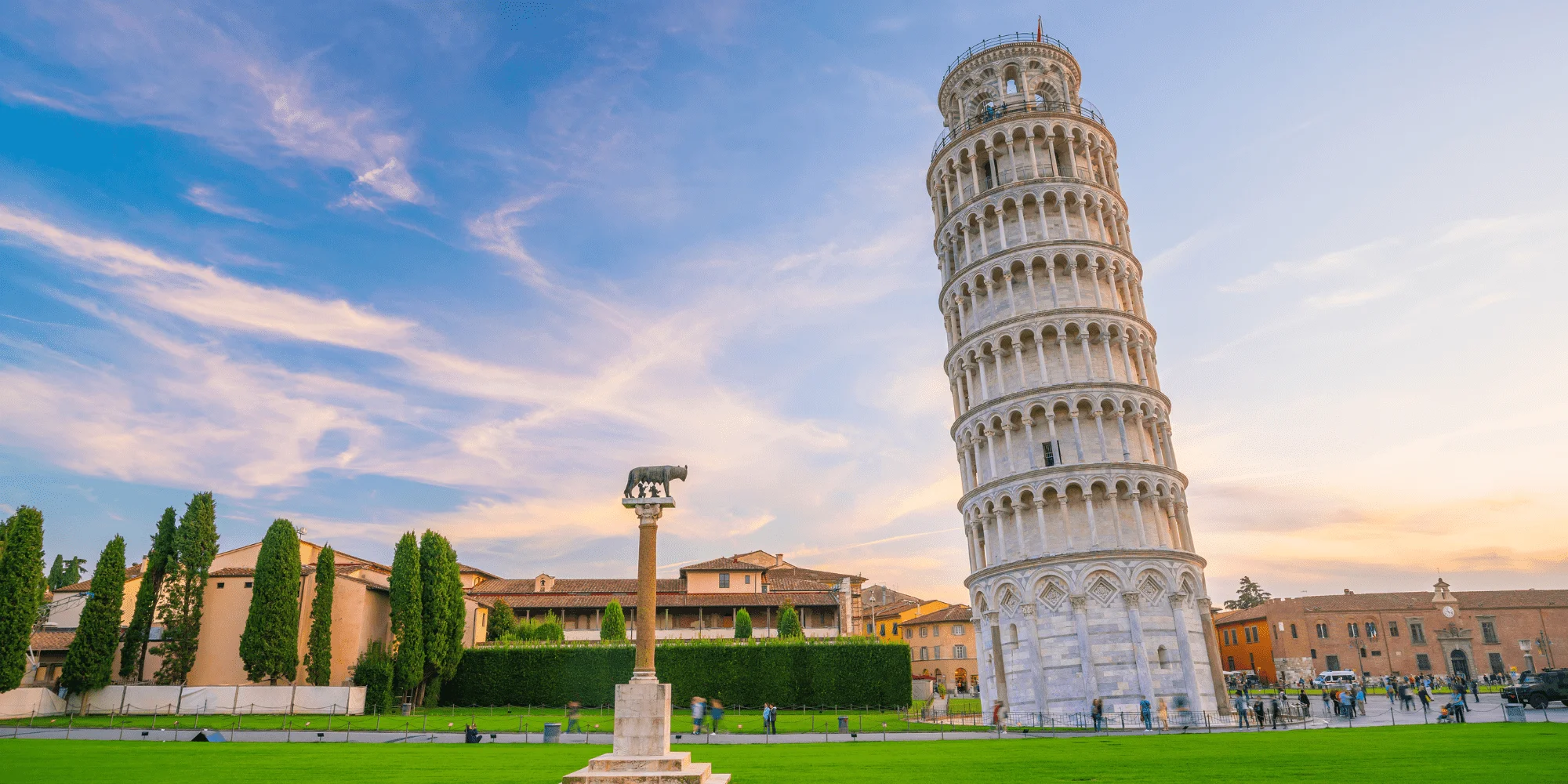

The Leaning Tower of Pisa, located in Pisa, Italy, is one of the most recognizable landmarks in the world. Famous for its unintended tilt, the tower began leaning during its construction in the 12th century due to unstable foundation soil. Despite its precarious angle, the tower has stood the test of time and is now a UNESCO World Heritage Site. Visitors can climb its 294 steps to enjoy a breathtaking view of the surrounding Piazza dei Miracoli, making it a must-see destination for travelers.
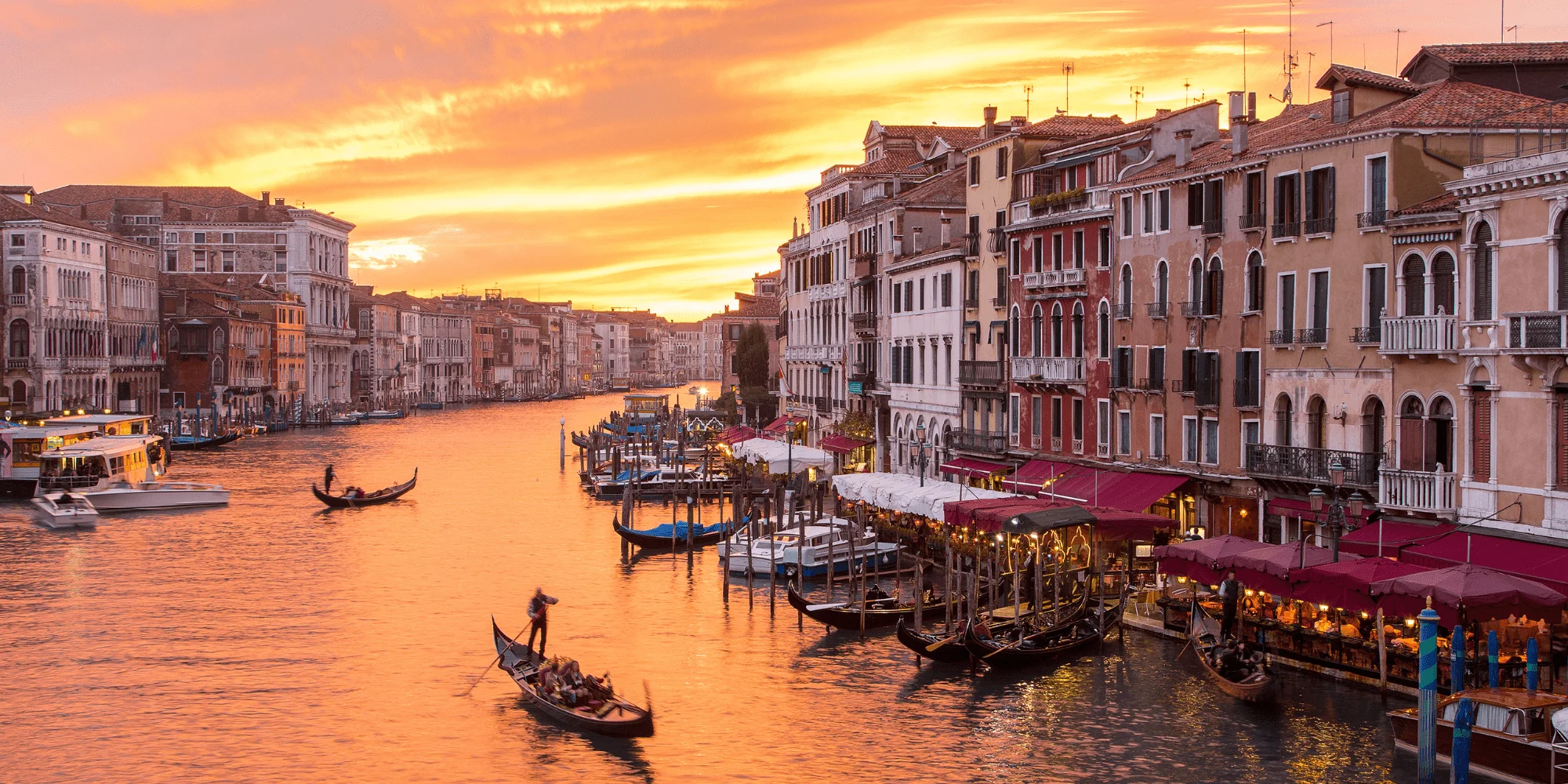
The Grand Canal in Venice, Italy, is a breathtaking and iconic waterway that winds through the heart of the city. Known as “Canal Grande” in Italian, this historic canal is lined with stunning Renaissance and Gothic palaces, creating a picturesque scene that’s a feast for the eyes. A ride on a gondola or vaporetto along the Grand Canal offers an unforgettable experience, allowing visitors to admire landmarks such as the Rialto Bridge and the ornate facades of centuries-old buildings.

The Grand Canal in Venice, Italy, is a breathtaking and iconic waterway that winds through the heart of the city. Known as “Canal Grande” in Italian, this historic canal is lined with stunning Renaissance and Gothic palaces, creating a picturesque scene that’s a feast for the eyes. A ride on a gondola or vaporetto along the Grand Canal offers an unforgettable experience, allowing visitors to admire landmarks such as the Rialto Bridge and the ornate facades of centuries-old buildings.
The Colosseum, an ancient amphitheater in Rome, Italy, is one of the most iconic landmarks in the world. Built in the 1st century AD, it could accommodate up to 80,000 spectators who came to witness gladiatorial contests, animal hunts, and other public spectacles. It’s architectural grandeur and historical significance make it a symbol of ancient Roman engineering and culture, drawing millions of visitors each year to marvel at its majestic ruins and imagine the events that once unfolded within its walls.
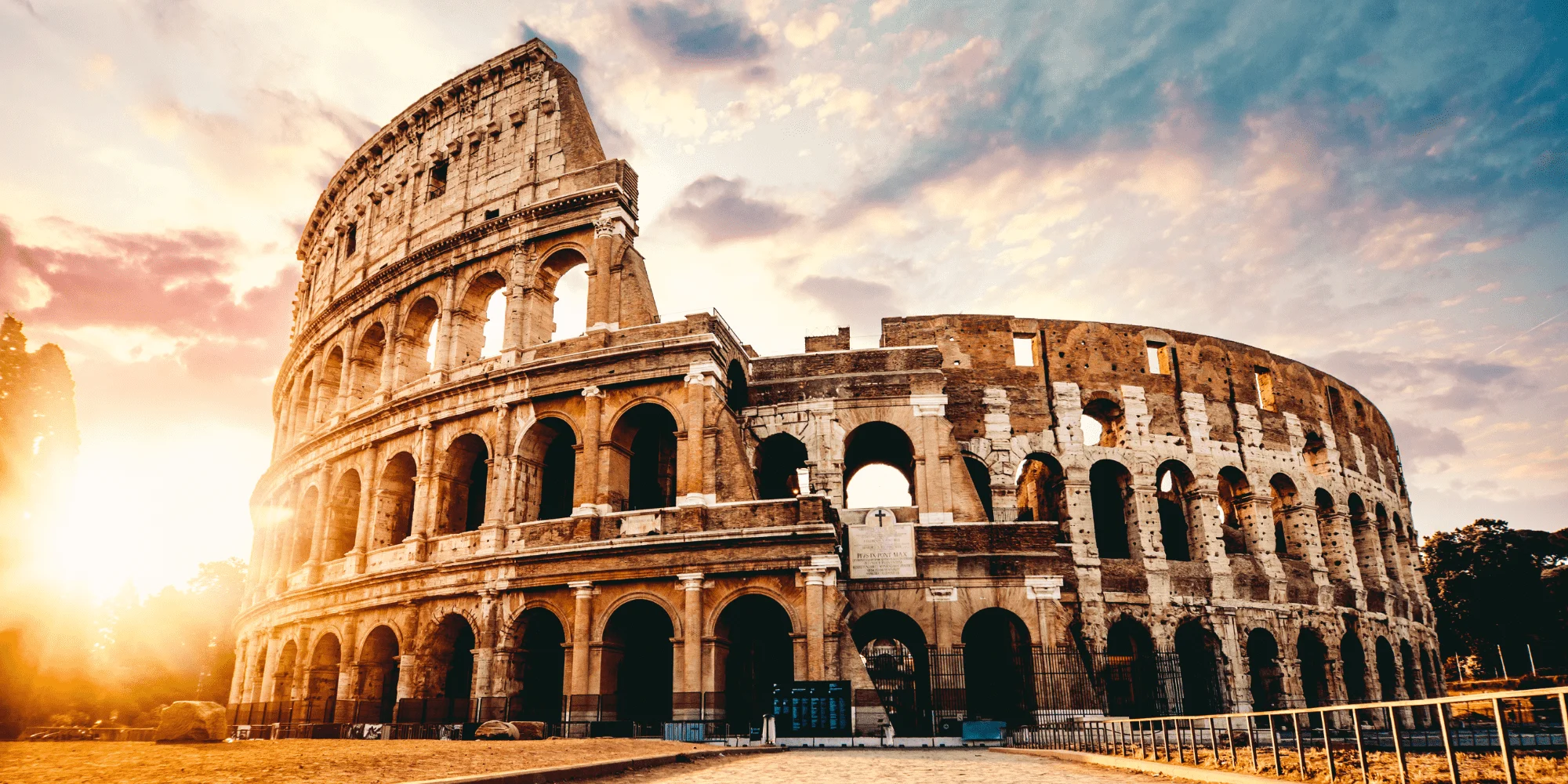

The Colosseum, an ancient amphitheater in Rome, Italy, is one of the most iconic landmarks in the world. Built in the 1st century AD, it could accommodate up to 80,000 spectators who came to witness gladiatorial contests, animal hunts, and other public spectacles. It’s architectural grandeur and historical significance make it a symbol of ancient Roman engineering and culture, drawing millions of visitors each year to marvel at its majestic ruins and imagine the events that once unfolded within its walls.
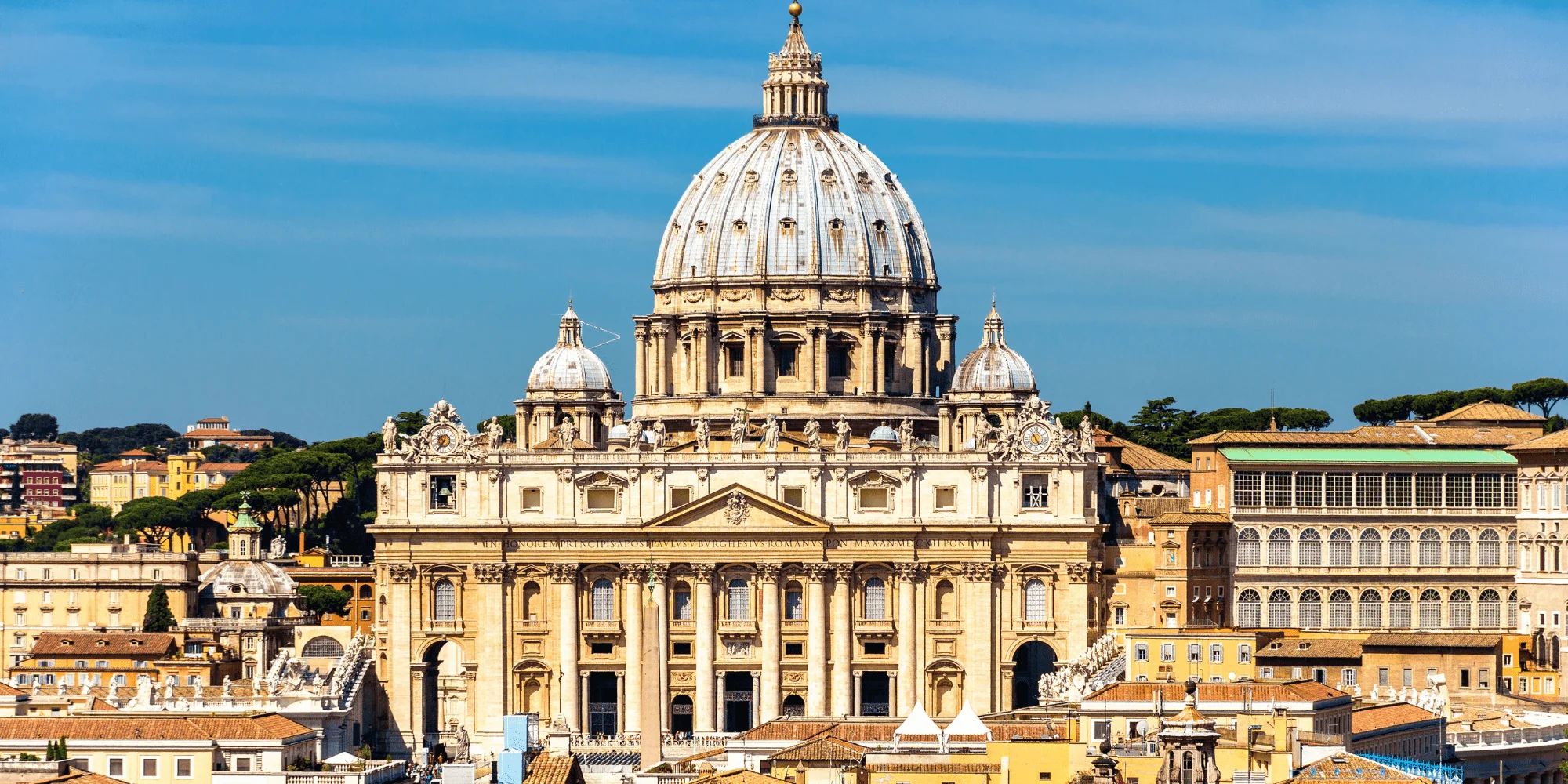
St. Peter’s Basilica, located in Vatican City, is one of the world’s most renowned religious and architectural landmarks. Designed by Michelangelo, among others, its grandeur and artistic magnificence attracts millions of visitors annually. The basilica’s dome, rising majestically above the Vatican skyline, offers panoramic views of Rome. Inside, visitors can marvel at Michelangelo’s Pietà and Bernini’s baldachin, among other masterpieces. It stands as a testament to centuries of history, faith, and artistic achievement.

St. Peter’s Basilica, located in Vatican City, is one of the world’s most renowned religious and architectural landmarks. Designed by Michelangelo, among others, its grandeur and artistic magnificence attracts millions of visitors annually. The basilica’s dome, rising majestically above the Vatican skyline, offers panoramic views of Rome. Inside, visitors can marvel at Michelangelo’s Pietà and Bernini’s baldachin, among other masterpieces. It stands as a testament to centuries of history, faith, and artistic achievement.
The Duomo di Milano stands as a breathtaking testament to Gothic architecture in the heart of Milan, Italy. Adorned with countless spires and statues, its marble façade is a masterpiece of craftsmanship that took nearly six centuries to complete. The interior is equally awe-inspiring, featuring intricate stained glass windows, grand arches, and the magnificent altar. As a symbol of Milanese identity, it draws millions of visitors annually to marvel at its beauty and historical significance.
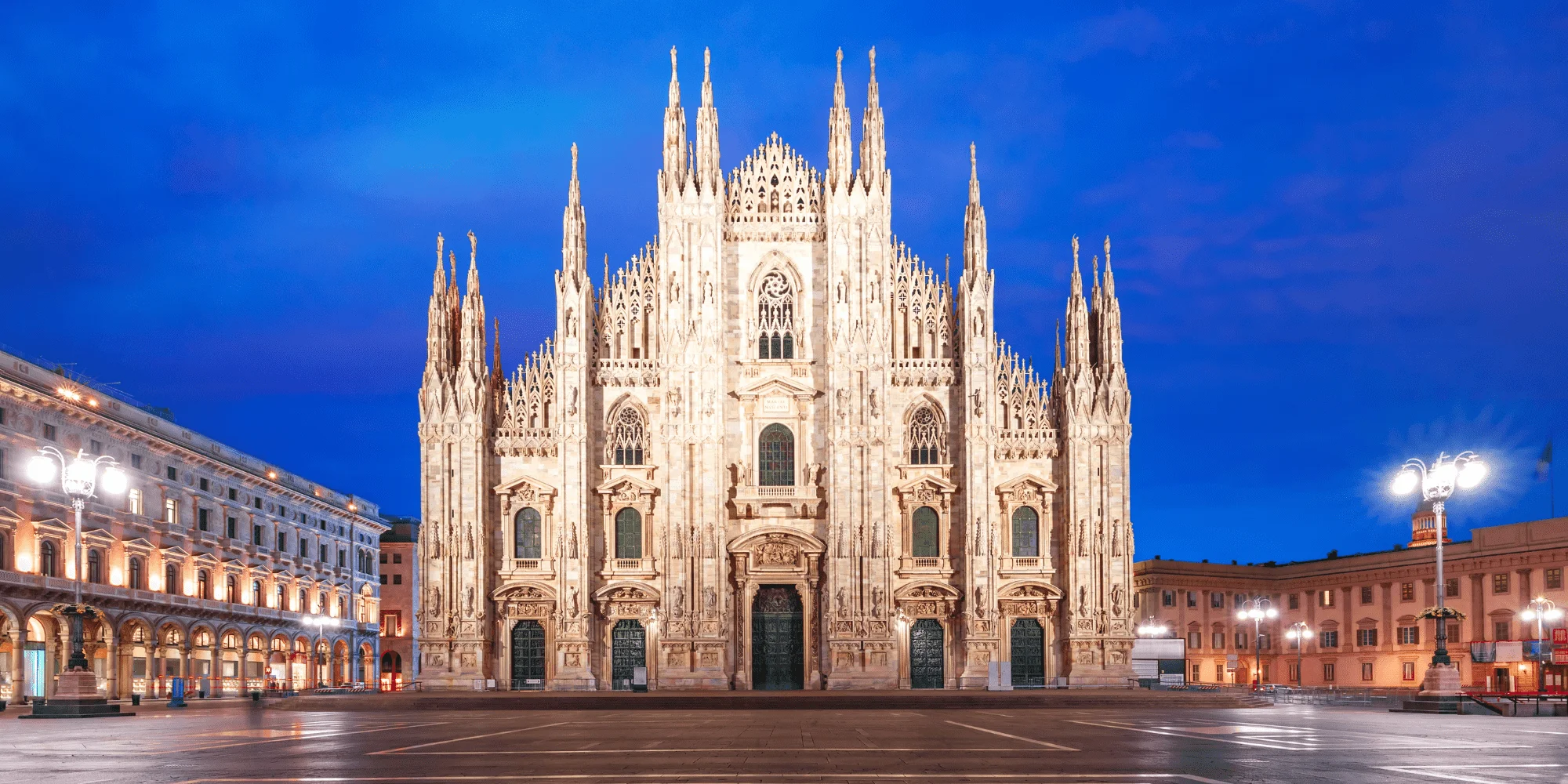

The Duomo di Milano stands as a breathtaking testament to Gothic architecture in the heart of Milan, Italy. Adorned with countless spires and statues, its marble façade is a masterpiece of craftsmanship that took nearly six centuries to complete. The interior is equally awe-inspiring, featuring intricate stained glass windows, grand arches, and the magnificent altar. As a symbol of Milanese identity, it draws millions of visitors annually to marvel at its beauty and historical significance.
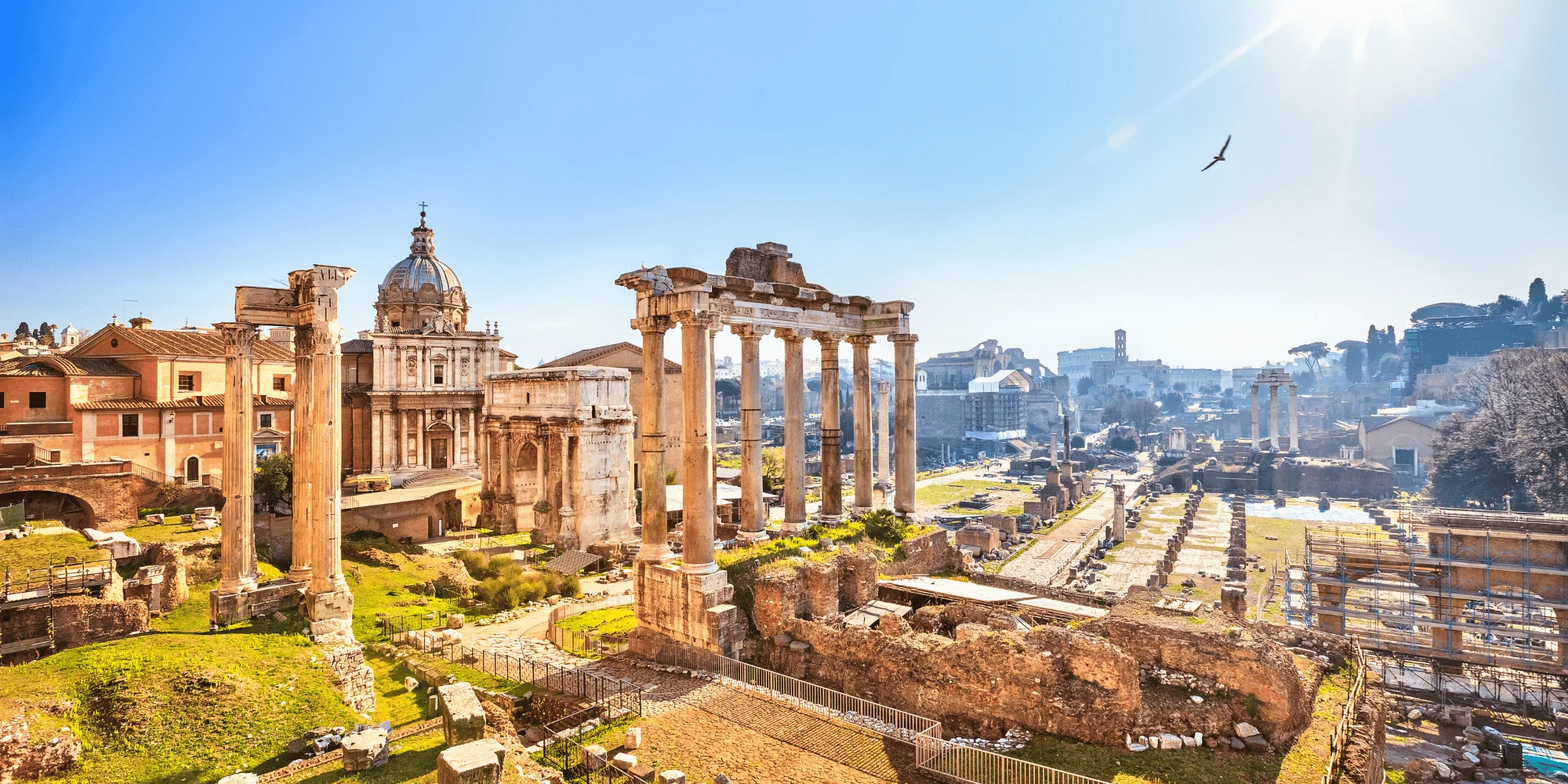
The Roman Forum, located in the heart of ancient Rome, was once the bustling center of political, religious, and social life in the Roman Empire. It served as a hub for government buildings, temples, and markets, with structures dating back over 2,000 years. Visitors can explore remnants of ancient architecture such as the Temple of Saturn, the Arch of Septimius Severus, and the iconic Senate House (Curia Julia). Today, the Roman Forum stands as a captivating archaeological site, offering a glimpse into the grandeur and history of ancient Rome.

The Roman Forum, located in the heart of ancient Rome, was once the bustling center of political, religious, and social life in the Roman Empire. It served as a hub for government buildings, temples, and markets, with structures dating back over 2,000 years. Visitors can explore remnants of ancient architecture such as the Temple of Saturn, the Arch of Septimius Severus, and the iconic Senate House (Curia Julia). Today, the Roman Forum stands as a captivating archaeological site, offering a glimpse into the grandeur and history of ancient Rome.
The Trevi Fountain, situated in the heart of Rome, Italy, is one of the world’s most famous and breathtaking fountains. Completed in the 18th century, it stands as a masterpiece of Baroque art, featuring intricate sculptures and cascading waters. Visitors from around the globe flock to toss coins into its waters, a tradition believed to ensure a return to Rome. The Trevi Fountain’s grandeur and history make it a must-see attraction for anyone visiting the Eternal City.
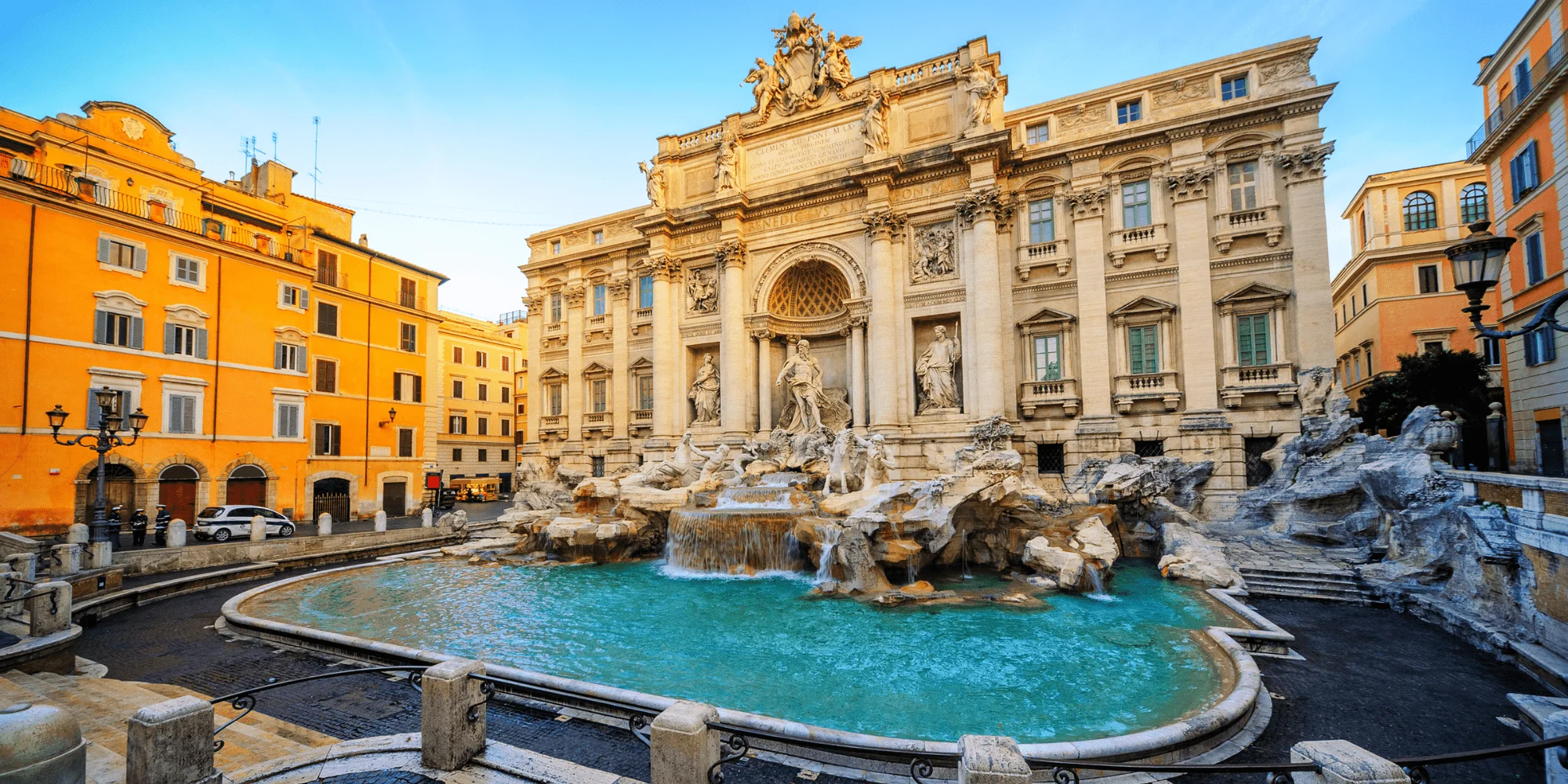

The Trevi Fountain, situated in the heart of Rome, Italy, is one of the world’s most famous and breathtaking fountains. Completed in the 18th century, it stands as a masterpiece of Baroque art, featuring intricate sculptures and cascading waters. Visitors from around the globe flock to toss coins into its waters, a tradition believed to ensure a return to Rome. The Trevi Fountain’s grandeur and history make it a must-see attraction for anyone visiting the Eternal City.
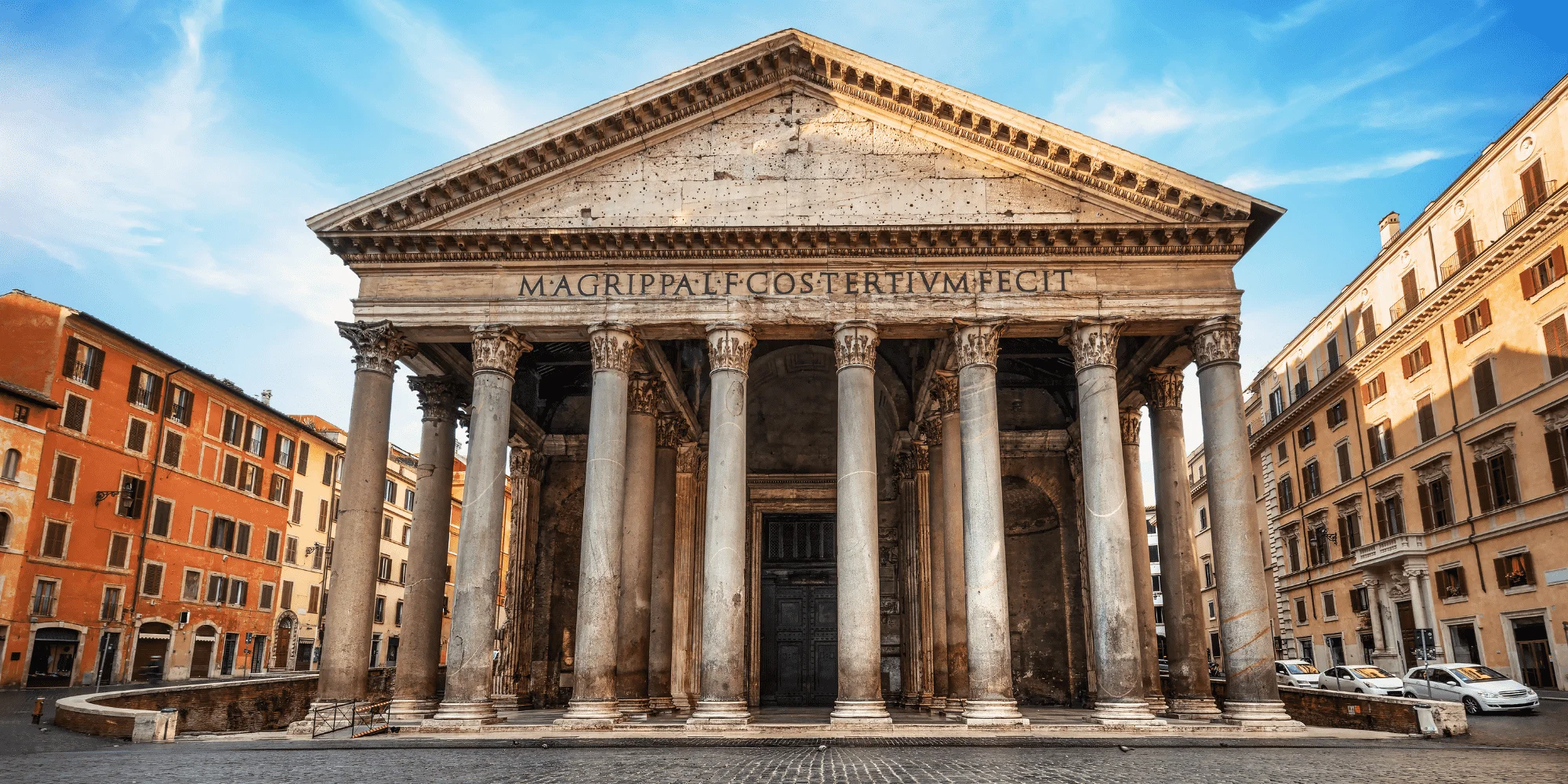
The Pantheon, a masterpiece of ancient Roman architecture, stands as a testament to engineering and artistic excellence. Built around 126 AD during the reign of Emperor Hadrian, what makes the Pantheon remarkable is its massive domed roof, which was the largest of its kind in the world for centuries. The building’s perfect proportions and innovative design have inspired architects throughout history, ensuring its place as one of Rome’s most enduring and admired landmarks.

The Pantheon, a masterpiece of ancient Roman architecture, stands as a testament to engineering and artistic excellence. Built around 126 AD during the reign of Emperor Hadrian, what makes the Pantheon remarkable is its massive domed roof, which was the largest of its kind in the world for centuries. The building’s perfect proportions and innovative design have inspired architects throughout history, ensuring its place as one of Rome’s most enduring and admired landmarks.
The Amalfi Coast, located in southern Italy, is a mesmerizing stretch of coastline renowned for its dramatic cliffs, colorful seaside villages, and sparkling turquoise waters. It captivates visitors with its stunning vistas, where lush terraced vineyards and lemon groves contrast against the rugged cliffs plunging into the Mediterranean Sea. Prominent towns like Positano, Amalfi, and Ravello offer charming streets lined with pastel-colored houses, historic churches, and delightful local cuisine.
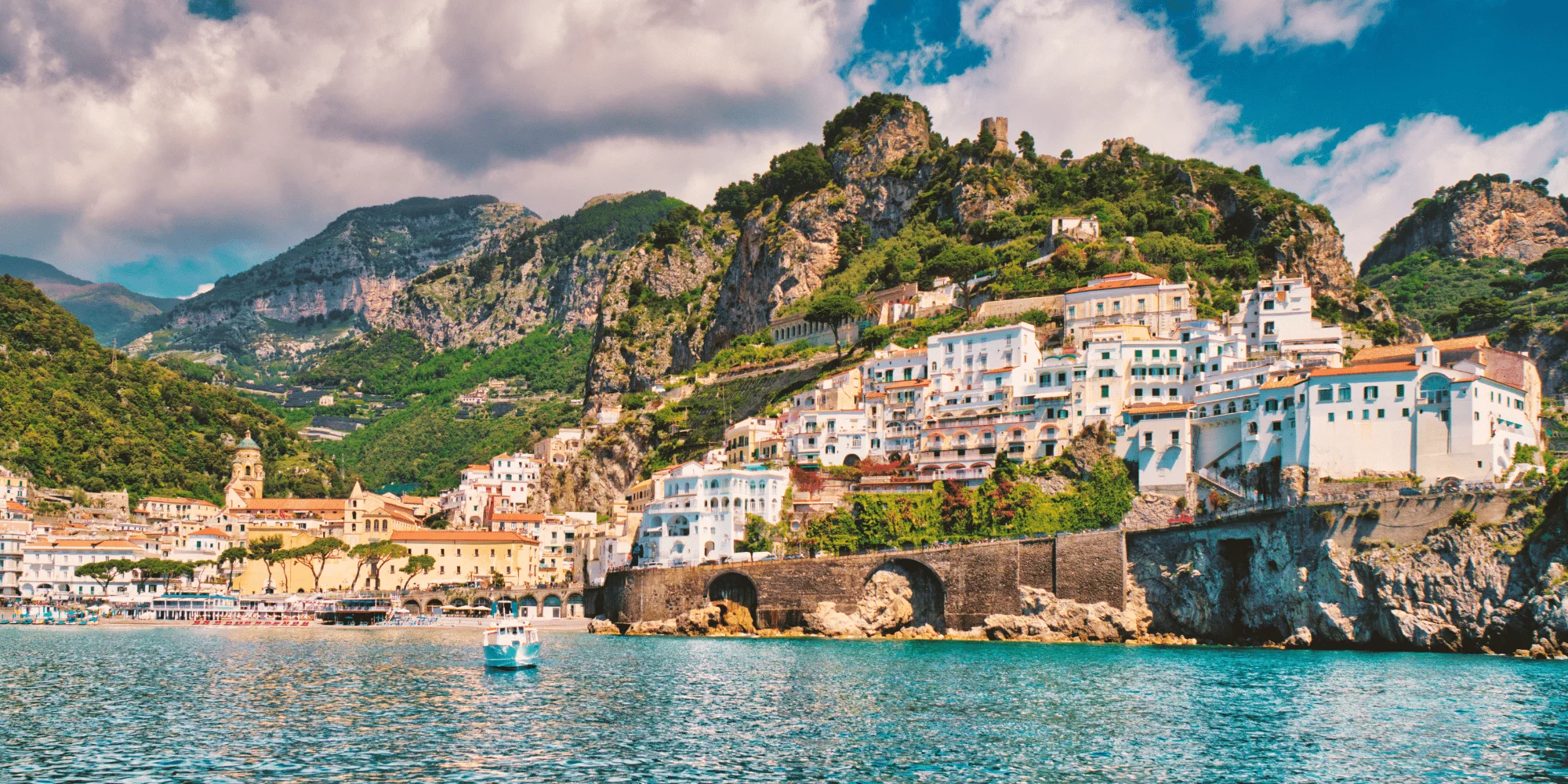

The Amalfi Coast, located in southern Italy, is a mesmerizing stretch of coastline renowned for its dramatic cliffs, colorful seaside villages, and sparkling turquoise waters. It captivates visitors with its stunning vistas, where lush terraced vineyards and lemon groves contrast against the rugged cliffs plunging into the Mediterranean Sea. Prominent towns like Positano, Amalfi, and Ravello offer charming streets lined with pastel-colored houses, historic churches, and delightful local cuisine.
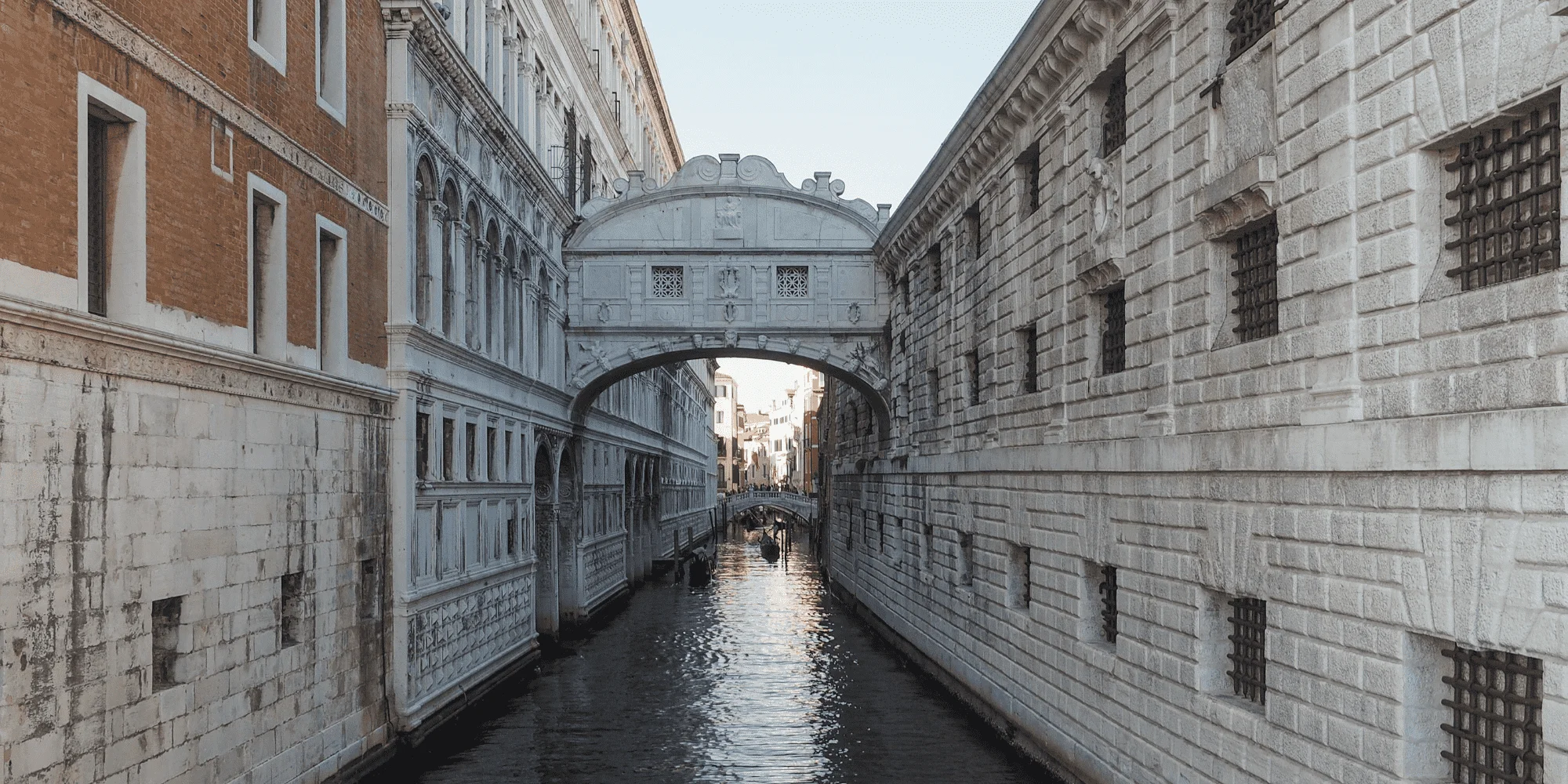
The Bridge of Sighs, located in Venice, Italy, is a historic stone bridge that spans the Rio di Palazzo. Built in the 17th century, it connects the Doge’s Palace with the Prigioni Nuove. It’s name, “Ponte dei Sospiri, comes from the sighs of prisoners who sighed as they caught their last glimpse of Venice through the bridge’s windows before being imprisoned. Today, it stands as a poignant reminder of Venice’s rich history and architectural splendor, attracting visitors from around the world.

The Bridge of Sighs, located in Venice, Italy, is a historic stone bridge that spans the Rio di Palazzo. Built in the 17th century, it connects the Doge’s Palace with the Prigioni Nuove. It’s name, “Ponte dei Sospiri, comes from the sighs of prisoners who sighed as they caught their last glimpse of Venice through the bridge’s windows before being imprisoned. Today, it stands as a poignant reminder of Venice’s rich history and architectural splendor, attracting visitors from around the world.
The Galleria Borghese, located in Rome, Italy, is a renowned art museum housed within a lavish villa built in the 17th century by the influential Borghese family. This exquisite gallery is celebrated for its impressive collection of sculptures, paintings, and antiquities, including masterpieces by renowned artists such as Bernini, Caravaggio, and Raphael. The museum’s elegant rooms and gardens provide a splendid setting for visitors to immerse themselves in Baroque art.
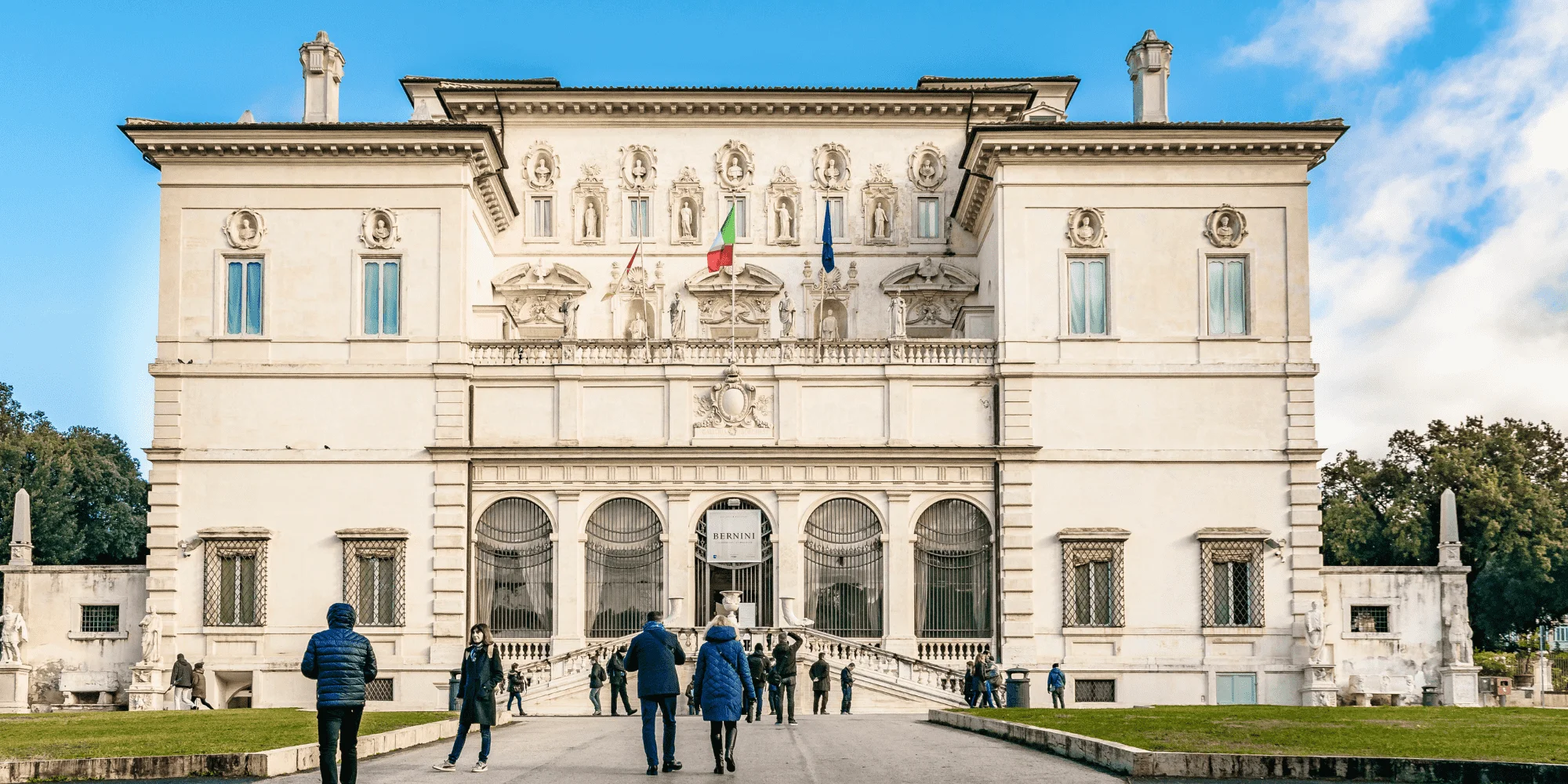

The Galleria Borghese, located in Rome, Italy, is a renowned art museum housed within a lavish villa built in the 17th century by the influential Borghese family. This exquisite gallery is celebrated for its impressive collection of sculptures, paintings, and antiquities, including masterpieces by renowned artists such as Bernini, Caravaggio, and Raphael. The museum’s elegant rooms and gardens provide a splendid setting for visitors to immerse themselves in Baroque art.

